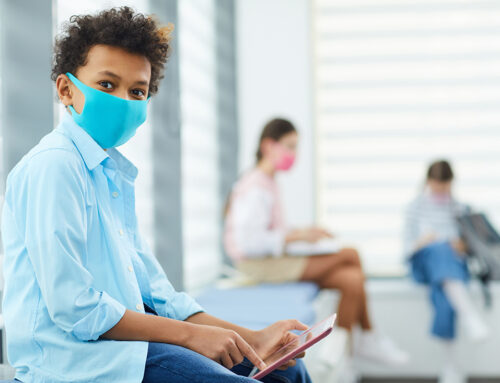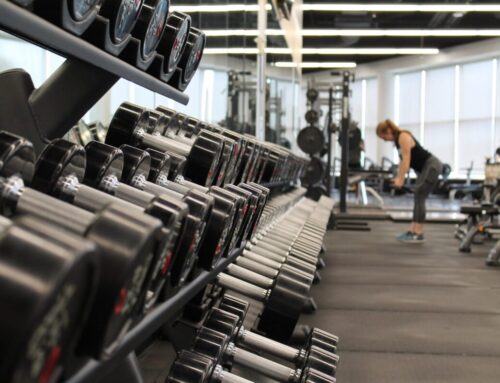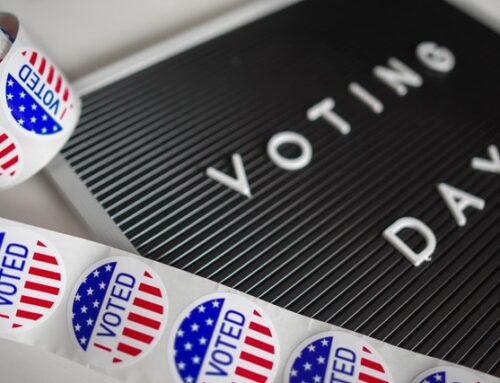Don’t forget to check requirements or restrictions for travelers at your destination. Some state, local, and territorial governments have mandates, such as requiring people to wear masks and requiring those who recently traveled to quarantine for up to 14 days.
With the holiday season rapidly approaching, we wanted to share some best practice guidance on traveling so that you can start planning ahead if you chose to travel.
Remember that you can pick up COVID-19 when you travel. Furthermore, you may feel well and be asymptomatic, but you can still spread COVID-19 to others. You and your traveling party may spread COVID-19 to others including family members, friends and your community for 14 days after you were exposed to the virus.
With that being said, let’s cover some important “Do’s” and “Don’ts” to be mindful of while traveling during the pandemic.
DON’T
Don’t travel if you don’t have to. Traveling not only increases your chance of acquiring COVID-19 but it also increases the chances of spreading the infection. If you can stay home, do it, as it is the best way to protect yourself and others from the virus.
DO
Do check the number of cases of COVID-19 at your destination. Remember, the more cases at your destination, the more likely you and/or your traveling party is to get infected during your travel and spread the virus when you return home.
DON’T
Don’t forget to check requirements or restrictions for travelers at your destination. Some state, local, and territorial governments have mandates, such as requiring people to wear masks and requiring those who recently traveled to quarantine for up to 14 days. Your best bet is to check state, territorial and local public health websites at your destination prior to your travels. Should you be traveling internationally, visit the destination’s Office of Foreign Affairs or Ministry of Health or the US Department of State, Bureau of Consular Affairs, Country Information for more details about requirements and restrictions for those travelers who are arriving, such as required testing or quarantine.
DO
Do wear a mask that keeps your nose and mouth covered while you are in public settings.
DON’T
Don’t get too close! Practice social distancing and avoid close contact with anyone who is not from your household by staying at least 6 feet apart (about 2 arms’ length).
DO
Do make sure to wash your hands frequently or use hand sanitizer (with at least 60% alcohol).
DON’T
Don’t touch your face – eyes, nose, and mouth.
DO
Do stay away from anyone who is sick.
DON’T
Don’t travel with those who are sick.
DO
Do check the CDC’s risk assessment levels for various destinations around the world if you are travelling abroad. They have categorized destinations as:
- Level 3: COVID-19 Risk is High
- Level 2: COVID-19 Risk is Moderate
- Level 1: COVID-19 Risk is Low
- No Travel Health Notice: COVID-19 Risk is Very Low
- Level 3: No Data Available – COVID-19 Risk is Unknown
You may also want to check the travel.state.gov website for more information about traveling abroad. They also have a very helpful checklist that you can find here.
DON’T
Don’t travel if you are sick or have recently tested positive for the virus that causes COVID-19 or if you have been exposed to someone who has COVID-19. Learn when and for how long to delay travel to avoid spreading COVID-19.
DO
Do make sure you are up to date with all of your routine vaccinations – these include measles-mumps-rubella (MMR) vaccine, as well as the seasonal flu vaccine.
DON’T
Don’t engage in high risk activities if you can help it while traveling; such high-risk activities include:
- Traveling to areas with a Level 3 Travel Health Notice as we discussed above
- Being in crowds such as restaurants, airports, bars, airports, bus terminals, malls etc.
- Attending large gatherings such as weddings, funerals, or parties
- Attending mass gatherings such as concerts, sporting events, parades, rallies etc.
- Traveling via cruise ship or boat
DO
Do take the following precautions if your risk to exposure has been potentially high such as traveling from an area where COVID-19 transmission is high or rising, attending large social or mass gatherings, or traveling on a cruise ship or boat:1
- For 14 days after travel remain at home or in a comparable location (such as a hotel room) as much as possible
- Stay away from those who are at a higher risk for severe illness
- Consider getting a COVID-19 test
DON’T
Don’t forget to visit the CommunityConfidence.org website, and follow us on Twitter, Facebook and LinkedIn.
Until next time, happy holidays, and if you are going to travel, follow the “Do’s” and “Don’ts” above to travel with confidence…Community Confidence!
Resources
1 https://www.cdc.gov/coronavirus/2019-ncov/php/risk-assessment.html
2 https://www.cdc.gov/coronavirus/2019-ncov/travelers/map-and-travel-notices.html
3 https://travel.state.gov/content/travel/en/international-travel.html
5 https://www.cdc.gov/coronavirus/2019-ncov/travelers/when-to-delay-travel.html





